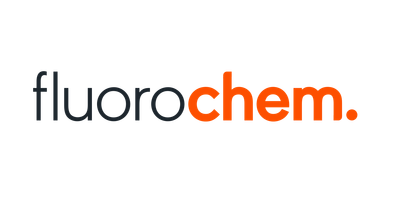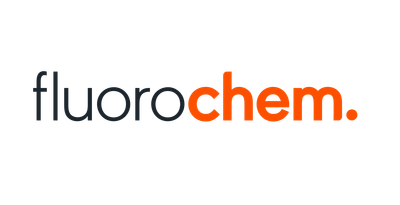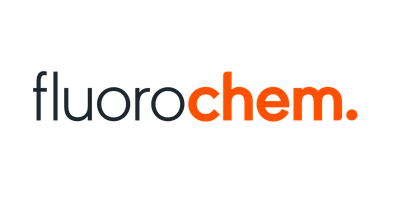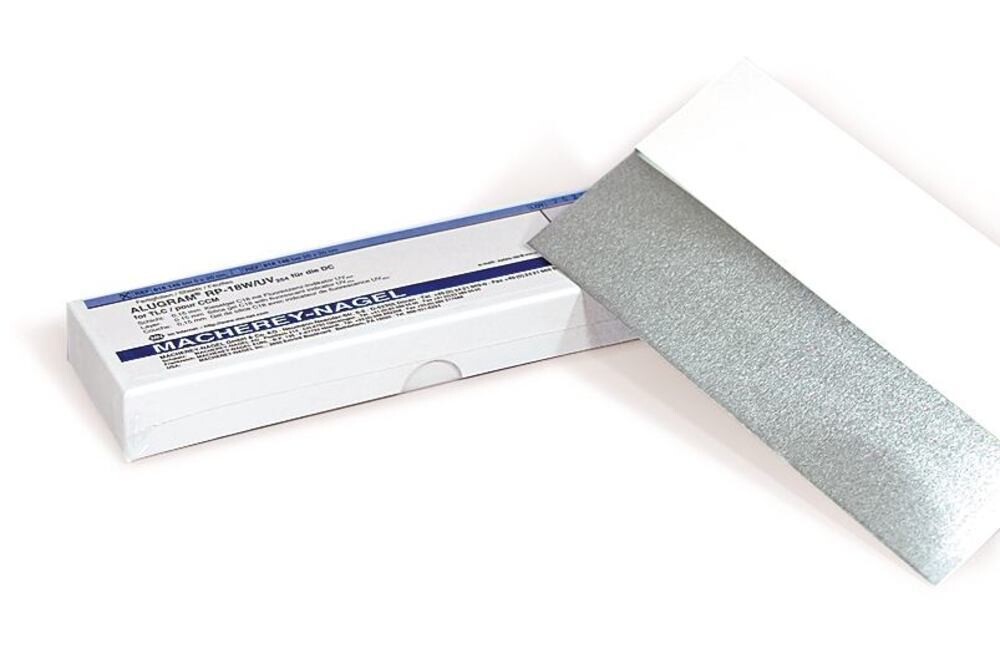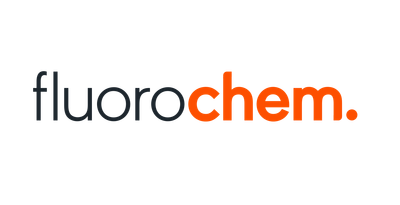Piastre HPTLC RP-18 W / UV254 - modificato ottadecile, 10 x 10 cm, 0,25 mm, 25 Pezzo(i)
Reversed Phase (RP) plates
Carbon content 7.5 %
Partial octadecyl (C18) modification
Order of polarity:
silica > DIOL > NH2 > CN > RP-2 > RP-18 W
Wettable with water
Further attractive products to complete your chromatography laboratory can be found on our Chromatography page!
HPTLC Plates RP-18 W / UV254 - octadecyl-modified
| Plate format | 10 x 10 cm |
| Layer thickness | 0.25 mm |
| Material | glass |
| Modification | Silica gel with octadecyl (C18, ODS, RP18) modification |
| Separation principle | Reversed phase (RP) |
| Phase | RP-18 W |
| Particle size | 5-17 µm |
| Particle type | Fully porous particles (FPP) |
| Pore size | 60 Å |
| Pore volume | 0.75 ml/g |
| pH stability | 2,0-8,0 |
| Temperature stability | High |
| Recommended application(s) | Aminophenols, Barbiturates, Nucleobases, Phthalates, Plasticizers, Polycyclic aromatic hydrocarbons (PAH), Preservatives, RP applications (preparative), Steroids, Tetracyclines, Wettable with water |
Further attractive products to complete your chromatography laboratory can be found on our Chromatography page!
Although the principle of thin-layer chromatography is more than a century old, it did not make its breakthrough as an analytical method until about 50 years ago.
Thanks to the development of new sorbents and supports, as well as increasing instrumentation and automation, TLC has become a versatile separation method. It is used both in qualitative analysis and in quantitative analysis.
Applications range from simple manual separation processes in classic TLC to automated processes in HPTLC (high performance thin layer chromatography).
Advantages of thin layer chromatography:
- Higher sample throughput in less time
- Suitable for screening tests
- Pilot process for HPLC
- The ready-to-use TLC layer functions as a data storage device for separation results
- The separated substances can be used later for further analysis (e.g. IR, MS)
- By switching the mobile and the stationary phases, the separation process can be optimised quickly and cost-efficient
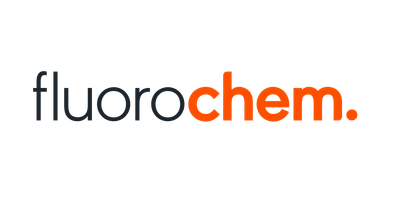
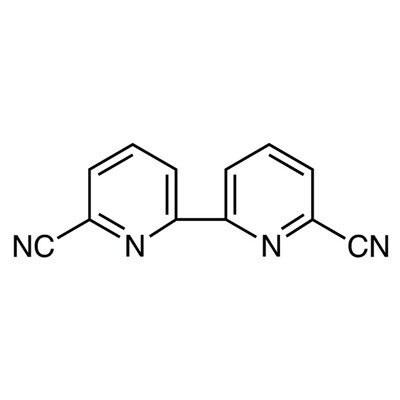
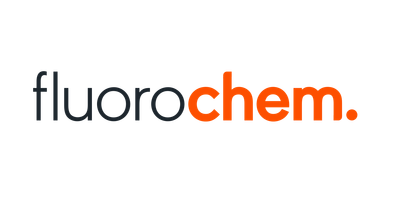
![sodium 1H,2H,3H-pyrazolo[1,5-a]imidazole-7-carboxylate, 95.0%, 250mg sodium 1H,2H,3H-pyrazolo[1,5-a]imidazole-7-carboxylate, 95.0%, 250mg](https://d2j6dbq0eux0bg.cloudfront.net/images/88473019/4771834852.png)
![Ethyl 6-[2-(morpholinomethyl)phenyl]-6-oxohexanoate, 97.0%, 1g Ethyl 6-[2-(morpholinomethyl)phenyl]-6-oxohexanoate, 97.0%, 1g](https://d2j6dbq0eux0bg.cloudfront.net/images/88473019/4769801515.png)
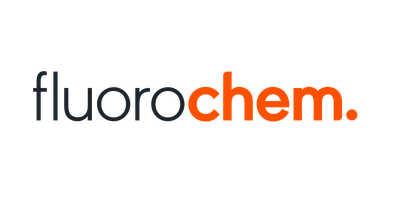
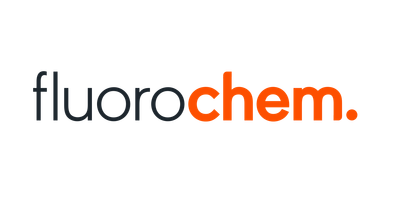
![Benzyl 5-azaspiro[2.5]octane-5-carboxylate, 98%, 2g Benzyl 5-azaspiro[2.5]octane-5-carboxylate, 98%, 2g](https://d2j6dbq0eux0bg.cloudfront.net/images/88473019/4763336003.png)
